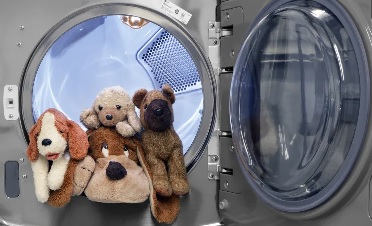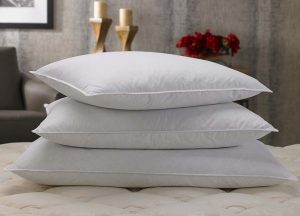How To Properly Wash Your Kids Stuffed Toys


Did you know it’s perfectly safe to throw most stuffed toys in the washing machine? On gentle cycle using warm or cold water, a washing machine will get your stuffed animals clean without ruining them.
Most care labels instruct to hand wash, but after raising two kids and needing to deep clean their beloved friends, I tried machine washing. Set the washing machine to the delicate cycle, apply some Spray N’ Wash, Mean Green, or your choice of stain remover if needed, scrub a little, and wash. Afterwards hang them up to dry. I learned the hard way that throwing them in the dryer can melt the fake fur on some of them. Poor Simba from the Lion King had a melted mane!

SOME THINGS TO CONSIDER WHEN DECIDING IF YOUR STUFFED ANIMALS CAN BE WASHED IN THE WASHING MACHINE:
- The care label – if it can be hand washed, it can likely withstand the delicate cycle in the washing machine. Your washing machine may even have a hand wash cycle.
- Material – Take notice of the care label and use your sense of touch as well as sight to thoroughly examine all parts of the stuffed animal to be washed. Polyester and acetate (a form of cotton) are fine to wash. The stuffed animals I washed have plastic pellets and were fine, but you wouldn’t want to machine wash something with foam balls such as Beanie Babies. Be cautious of delicate clothing items and things that are glued on, they may not survive!
- Age – The older it is, the more fragile it will be!





























